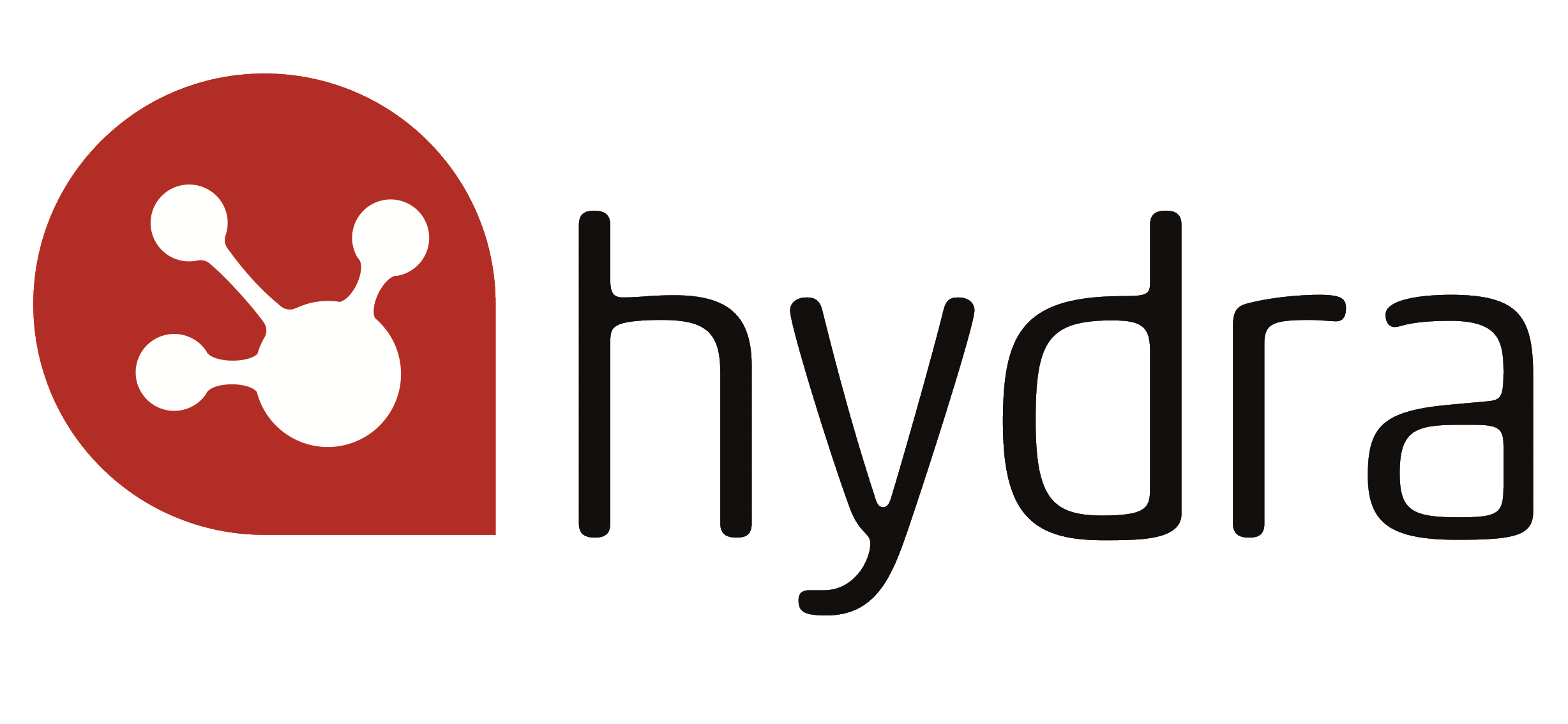Risk management and project management go hand in hand.
Effective project risk assessment and management underpins successful projects.
Of course, there are successful projects where risk is unaccounted for, in which case the project manager should probably consider themselves lucky. However, to preside over successful projects consistently, we believe a controlled approach to risk is essential.
Done well, risk management measures the level of risk present in a project and identifies methods the project manager can use to mitigate these risks. There will also be a certain amount of planning for unexpected and unforeseen events built into the project.
Risk management is not only about being aware of what might happen, but also about undertaking actions to prevent any negative issues from becoming a reality. Project managers should also look to identify and maximise the opportunity for positive risks or opportunities to give their project the greatest chance of success.
Resource management software with real-time ‘what-if’ scenarios built in can help identify and mitigate the risks associated with different choices, but it’s also essential to do some risk management of your own. Here are 3 steps you can take to better manage risk in your projects
1. Identify the risks early
There is always potential for ‘unknowns’ to impact your project, but the earlier you identify the risks you can foresee, the better placed you are to receive a positive outcome to your project. Read more in our article managing risk the unknowns that really matter.
All risks should be identified, assessed, prioritised, communicated and understood, and escalated up the management chain if these risks are not aligned with the firm’s ‘appetite for risk’. Identifying the risks at the earliest possible stage of a project relies on having an open mind set that allows you to consider future scenarios that might occur.
Interviews and team sessions are central to identifying the risks, as are conversations with third party experts outside your project who might be able to reveal some of the potential pitfalls you’ve missed. Identifying all project risks before they occur is not always possible, but combining as many identification methods as you can will help you recognise and deal with the majority.
2. Prioritise the risks
Some project managers are of the view that all risks should be treated equally. This may make the risk management process simple, but it’s certainly not something we subscribe to. It makes a lot more sense to spend more of your time on the biggest risks that are most likely to impact your project.
Prioritising your risks is an essential part of this process. If any of the risks you have identified have the potential to completely derail your project, they should become your top priority. Developing an objective set of criteria (which page 3 of this guide can help you with) will help you consider the effects of each risk and the likelihood it will occur.
3. Assign an ‘owner’ for each risk
Some project managers think once they have identified and prioritised the risk then their work is done. However, unless someone is assigned to control and manage each risk, the whole process to date will have been a fruitless task. It’s essential an ‘owner’ is assigned to each of the risks you have identified. This means someone can be held accountable if the risk jeopardises the project.
The effects of clarifying ownership of the risks can be a positive and empowering process. At first, people may feel concerned or uncomfortable with such a level of responsibility, but they will usually grow into the task and enjoy the enhanced responsibility and opportunity it brings.
The Hydra solution
Hydra’s Cloud solution is a complete project and resource management package that includes project planning, time and finance, and resource management software. There’s also a built-in risks, issues and requirements management element. This can follow your existing risk management process to make sure the crucial components of each project are managed according to your best practices. Get in touch today to learn how it can help you manage your project risks more effectively.


